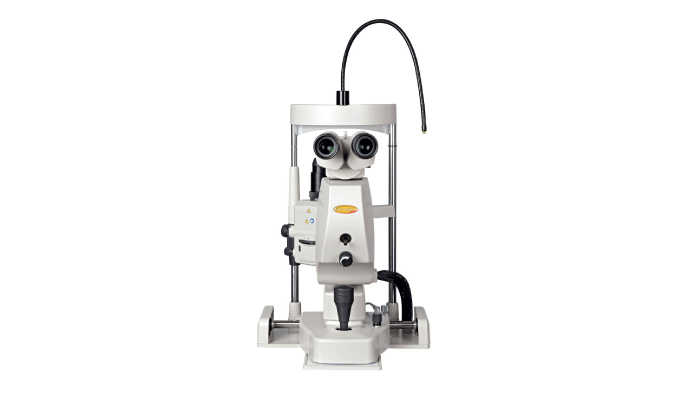
The Pascal® Laser revolutionized how retina laser treatments were performed when it was launched in 2005. Its speed, precision, and ease of use was a quantum leap in ophthalmic laser technology and was quickly adopted by the retina community – earning Pascal the title of gold standard for the treatment of diabetic retinopathy and solidifying its position as the market leader in pattern-scanning lasers. Pascal has evolved alongside the laser industry; the ergonomic Pascal Synthesis, developed by Topcon, is the technology’s fourth iteration and has features specifically requested by doctors and clinical staff.
Now part of the Iridex laser family, the Pascal Synthesis is one of the most clinically efficient and versatile laser systems ever designed. Its reduced power and short pulses make procedures more comfortable for patients (1) – and its patented four-fiber beam delivery system enables even burns over varying elevations and with larger patterns. Multiple laser spots can be delivered with a single footswitch depression and the aiming beam displays the pattern for added precision. In addition, the system’s new, intuitive software and high-speed pattern generators make it easy to handle large patient volumes.
Pascal features an array of treatment options – whether it’s single spot, patterns, laser indirect, subthreshold retina treatments with Endpoint Management, or Pattern Scanning Laser Trabeculoplasty. The platform’s innovative features make Pascal Synthesis an essential tool for retina practices, and continue to set the standard in pattern-scanning lasers.
Learn more at iridexretina.com
References
- M Nagpal et al., Retina, 30, 452. PMID: 20216293.
